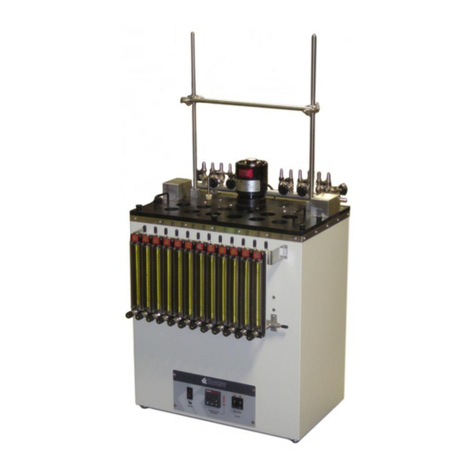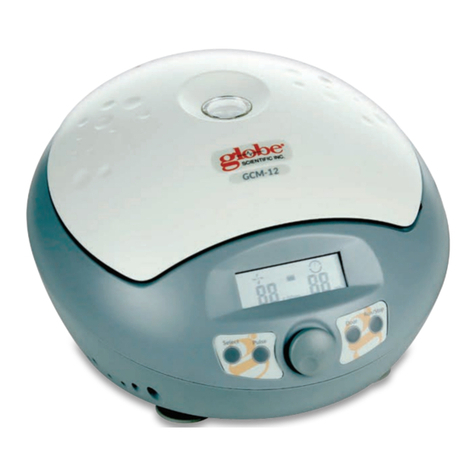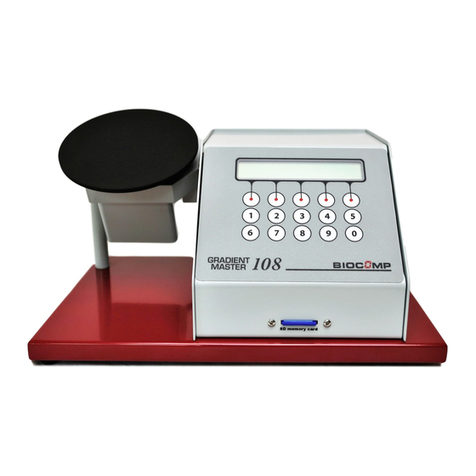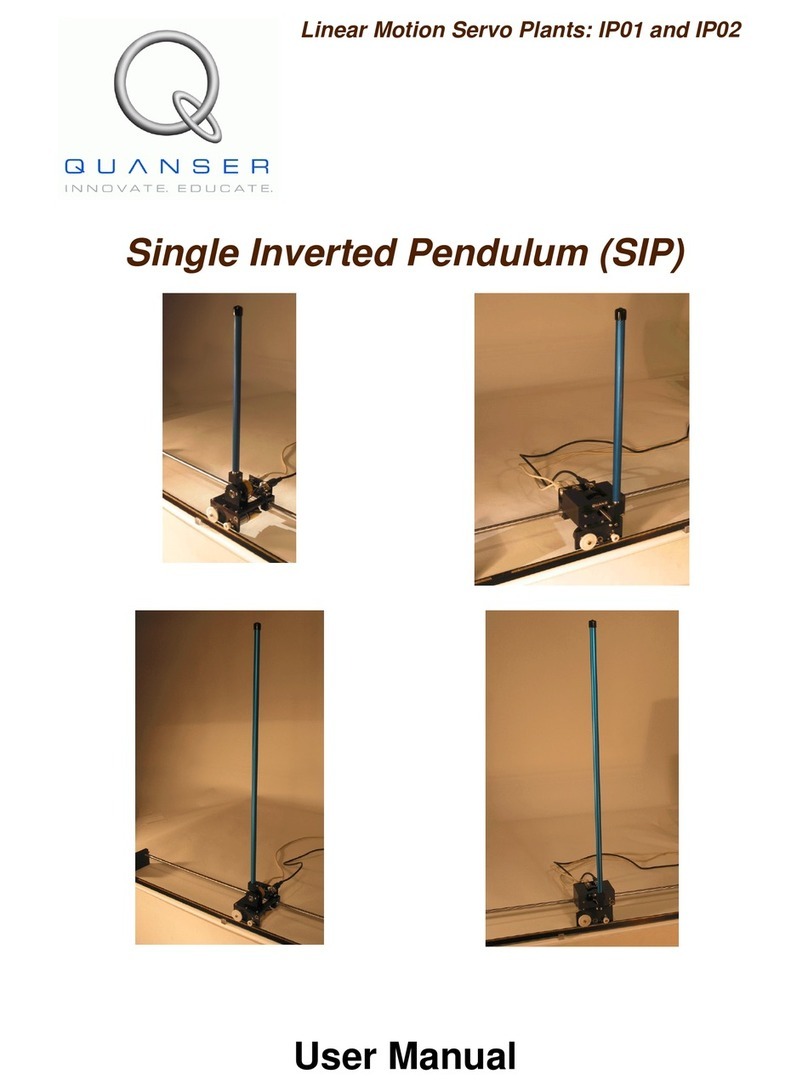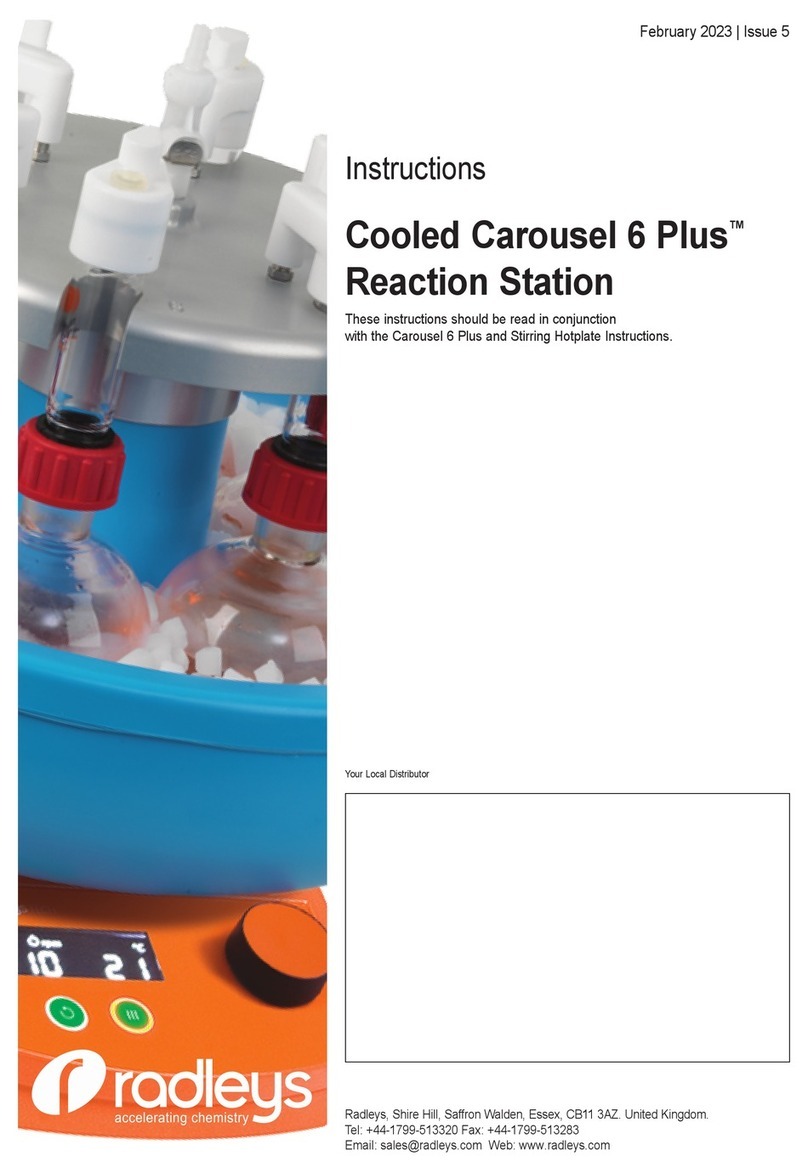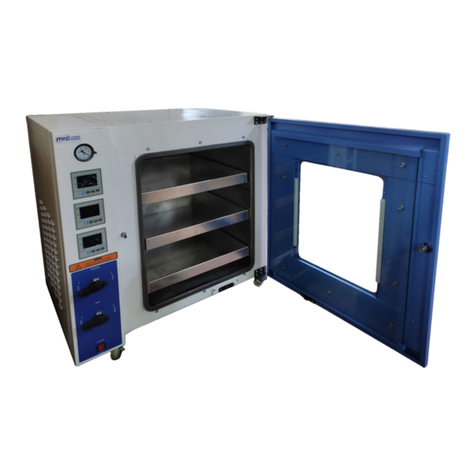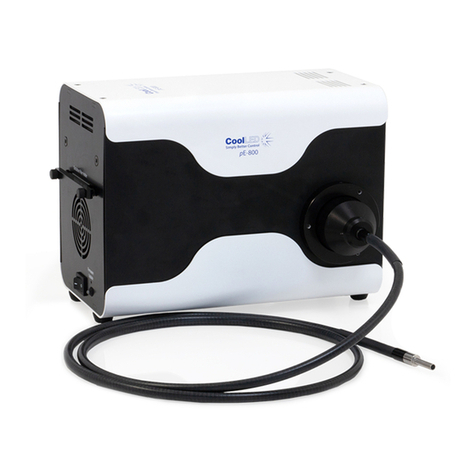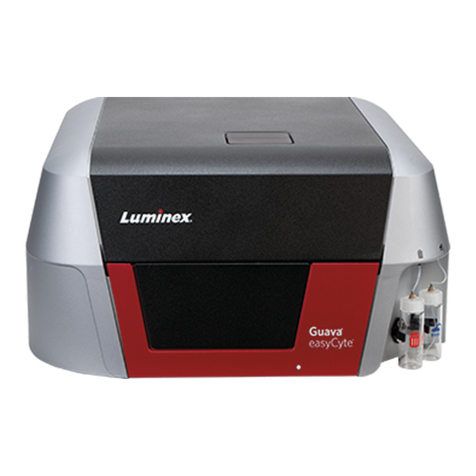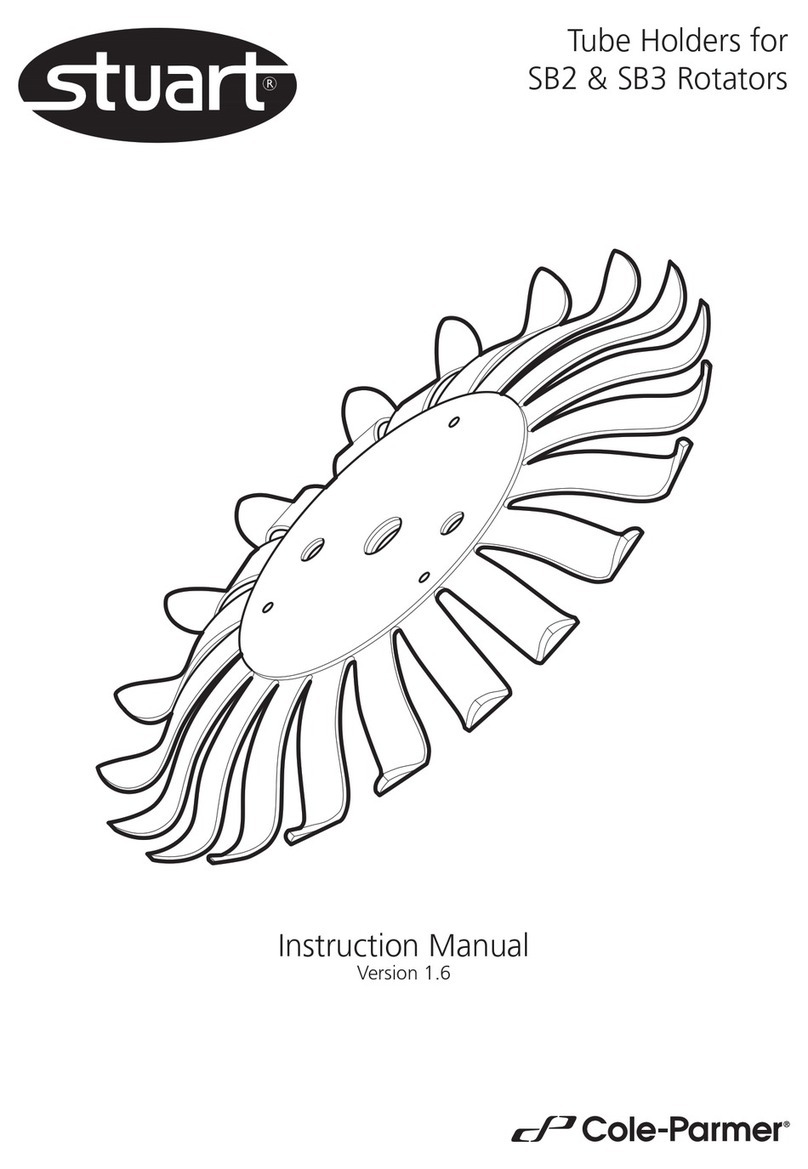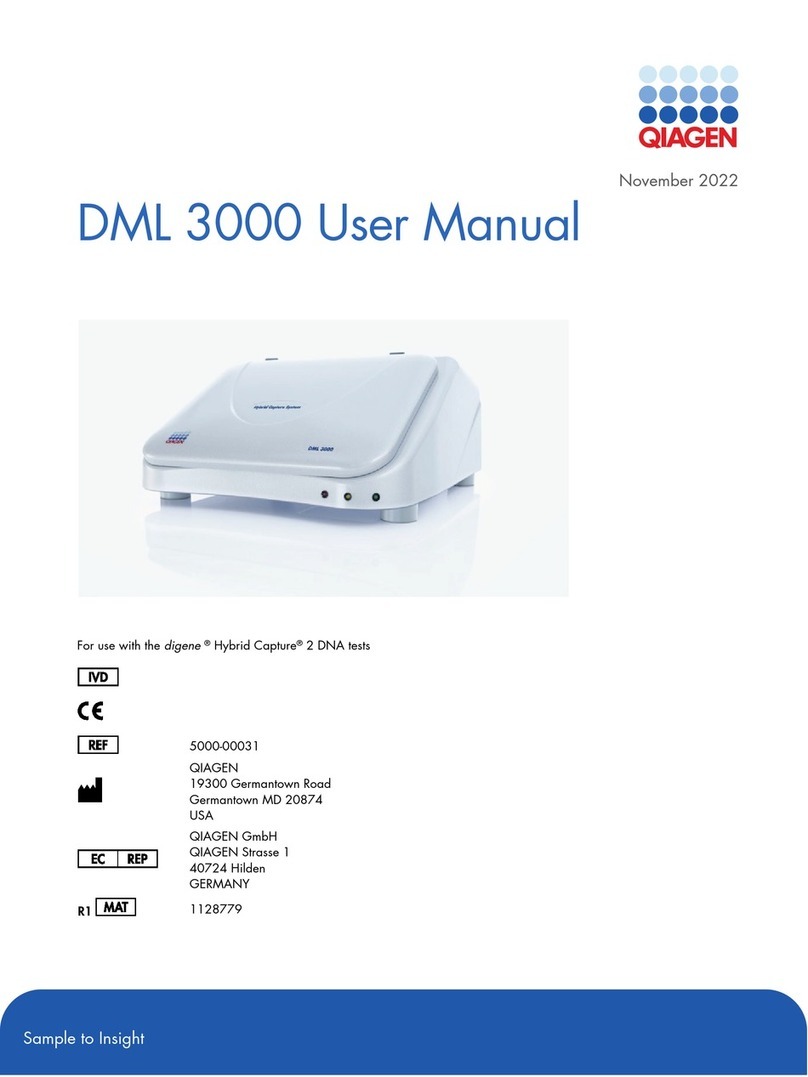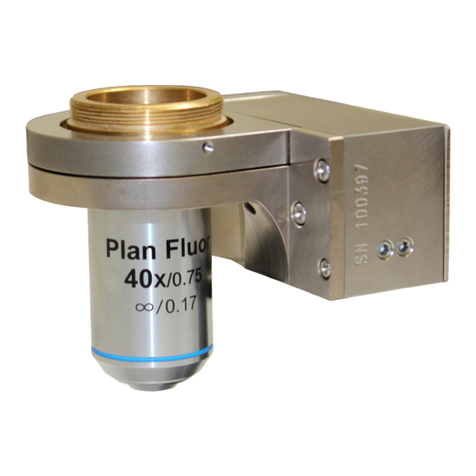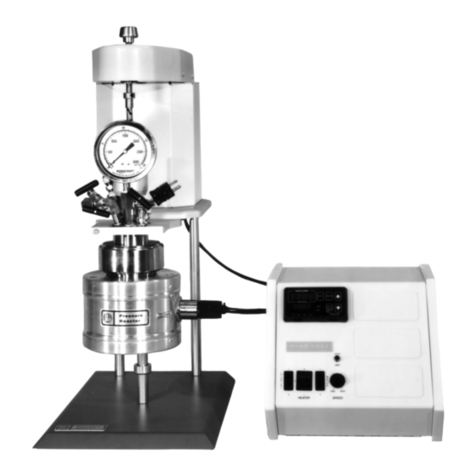
• Marginally stable systems have one pole on the imaginary axis and the other poles in the left-hand plane.
The poles are the roots of the system's characteristic equation. From the state-space, the characteristic equation of
the system can be found using
det (sI −A) = 0 (2.5)
where det() is the determinant function, sis the Laplace operator, and Ithe identity matrix. These are the eigenvalues
of the state-space matrix A.
2.2.2 Controllability
If the control input, u, of a system can take each state variable, xiwhere i= 1 . . . n, from an initial state to a final
state then the system is controllable, otherwise it is uncontrollable ([3]).
Rank Test The system is controllable if the rank of its controllability matrix
T=B AB A2B . . . AnB(2.6)
equals the number of states in the system,
rank(T) = n. (2.7)
2.2.3 Linear Quadratic Regular (LQR)
If (A,B) are controllable, then the Linear Quadratic Regulator optimization method can be used to find a feedback
control gain. Given the plant model in Equation 2.2, find a control input uthat minimizes the cost function
J=∞
0
x(t)′Qx(t) + u(t)′Ru(t)dt, (2.8)
where Qand Rare the weighting matrices. The weighting matrices affect how LQR minimizes the function and are,
essentially, tuning variables.
Given the control law u=−Kx, the state-space in Equation 2.2 becomes
˙x=Ax +B(−Kx)
= (A−BK)x
2.2.4 Feedback Control
The feedback control loop in Figure 2.2 is designed to stabilize the red gimbal to a desired position, d.
Figure 2.2: State-feedback control loop
The reference state is defined
xd=0d0 0
3D GYRO Laboratory Guide v 1.1

